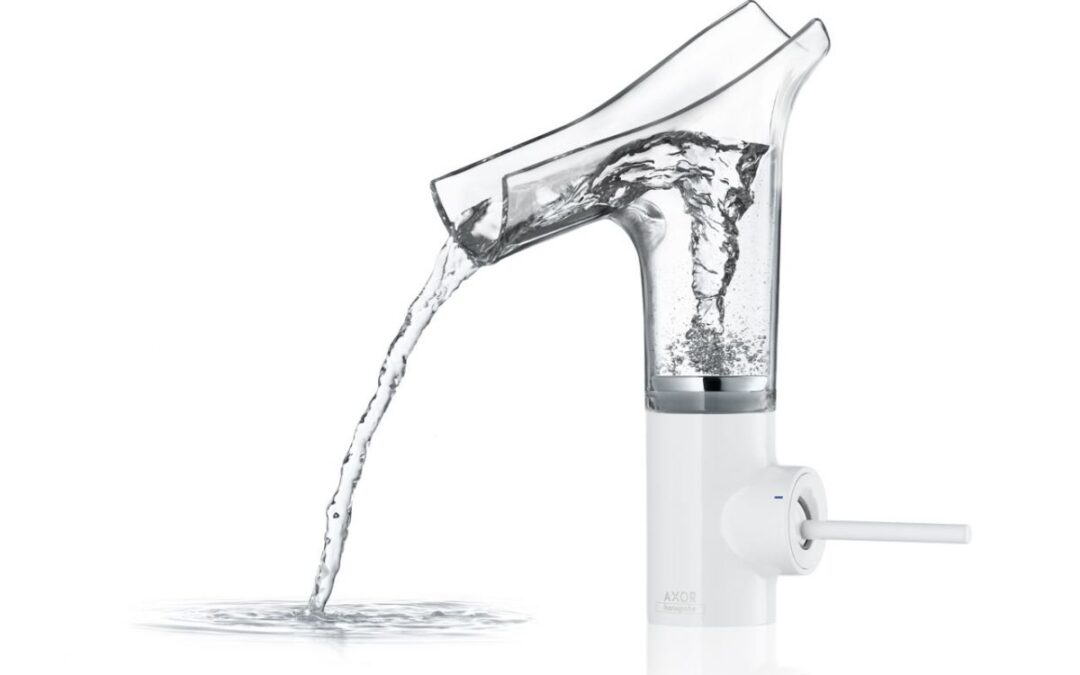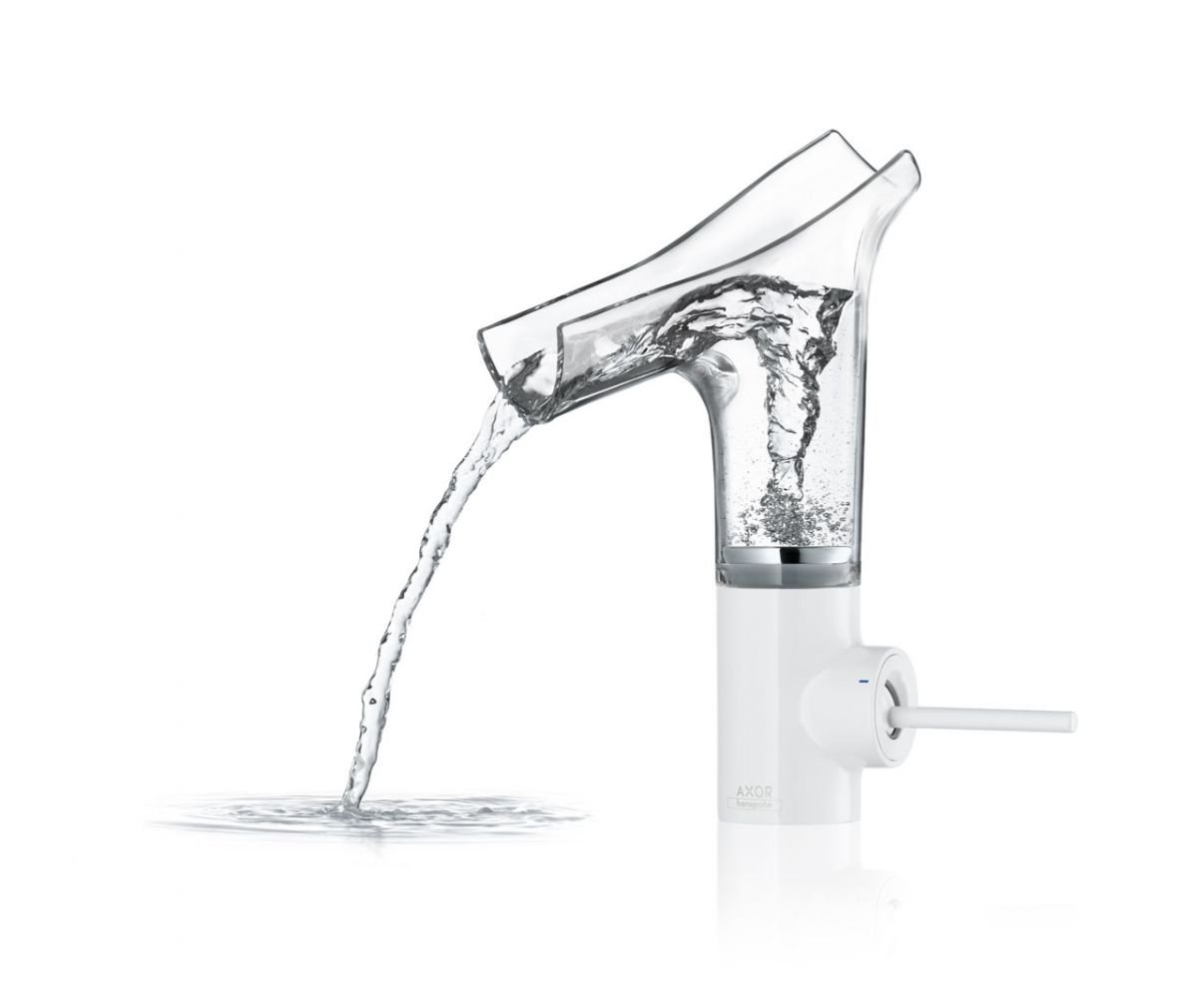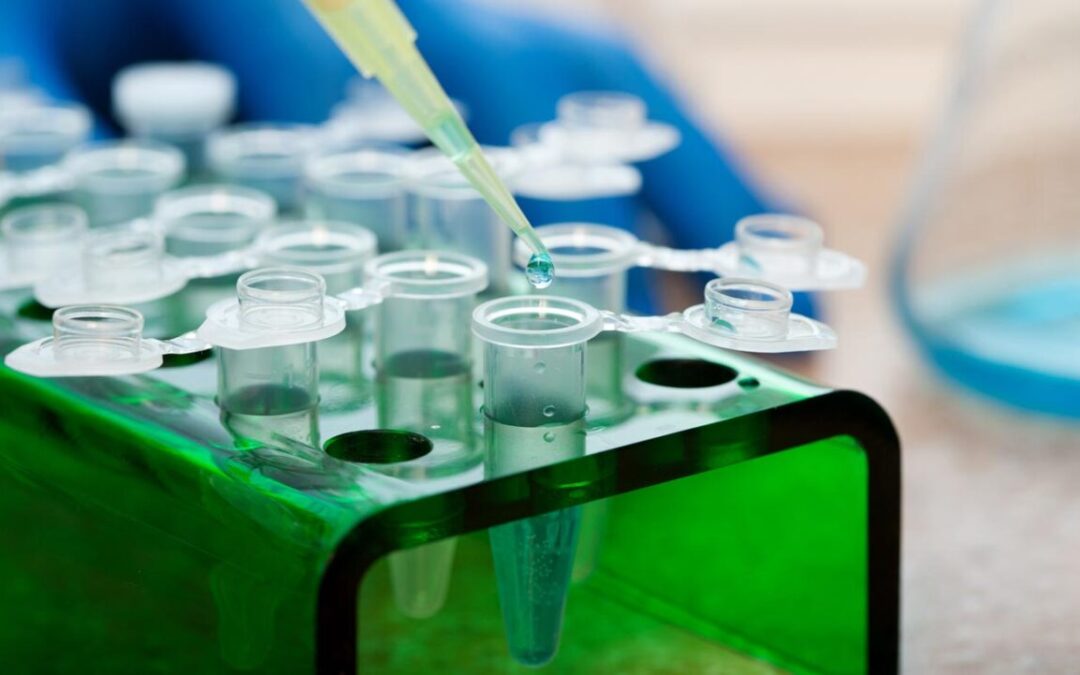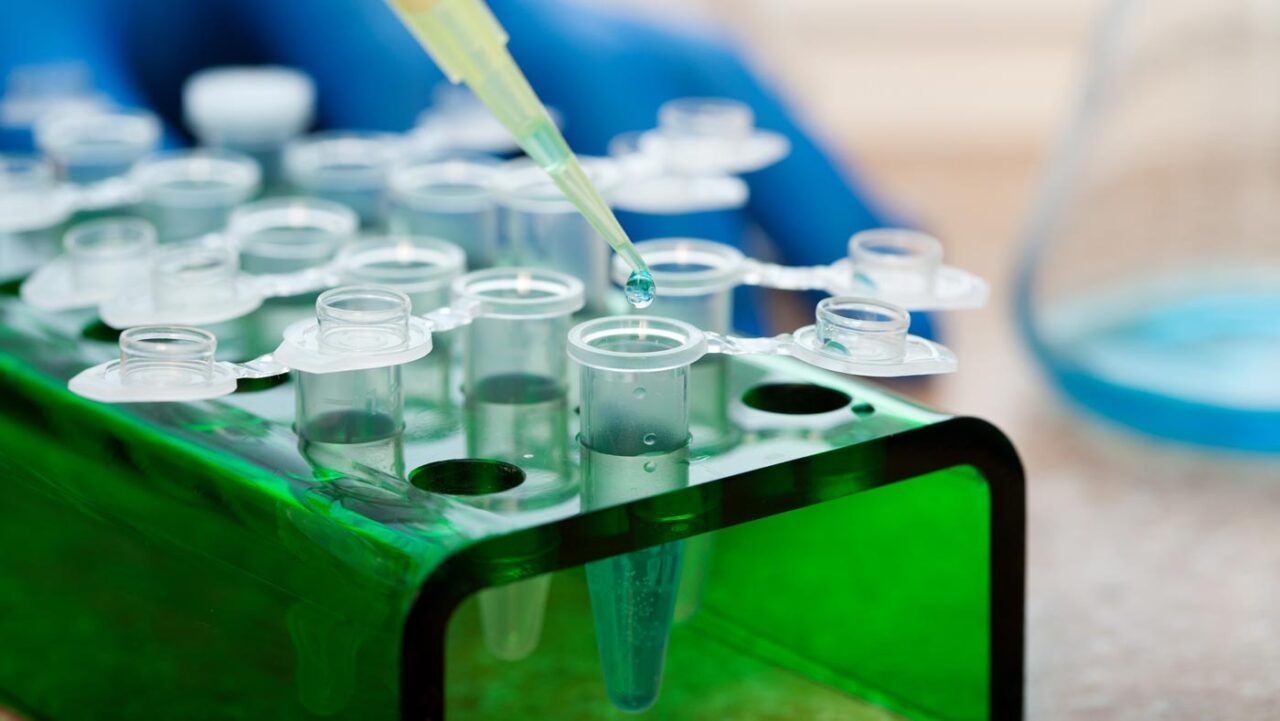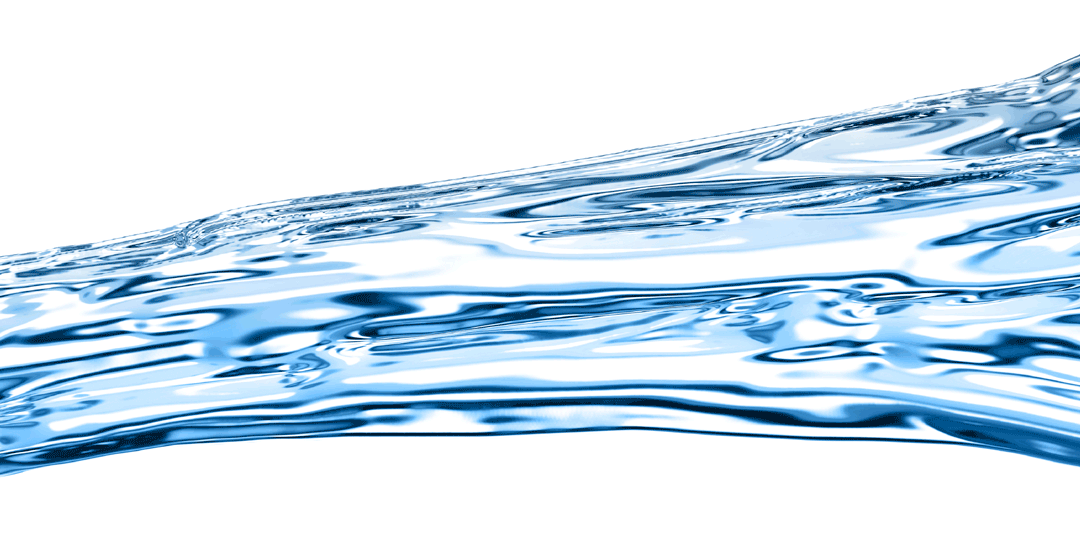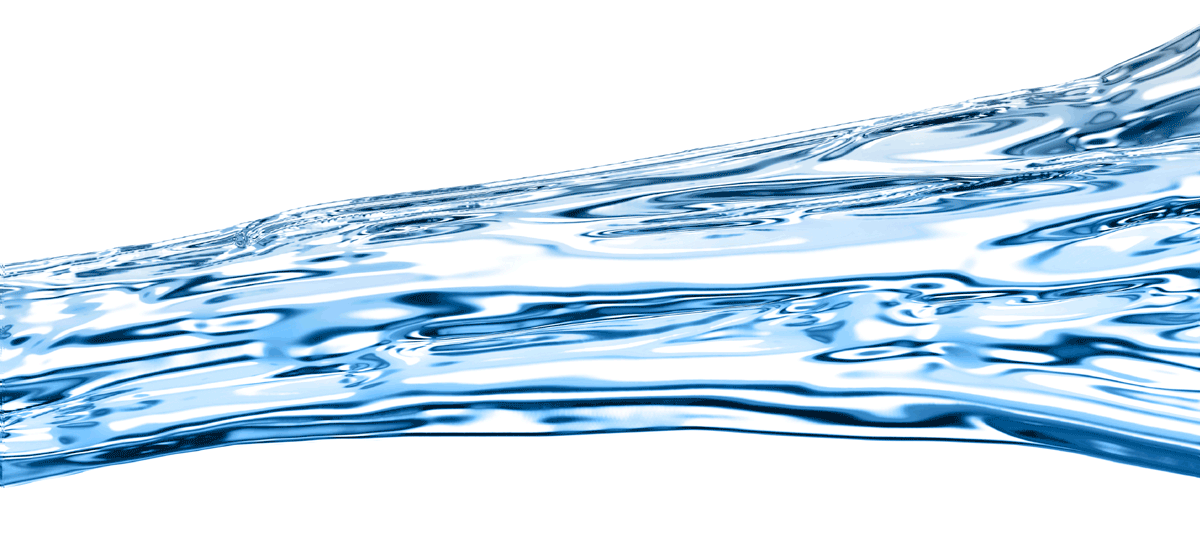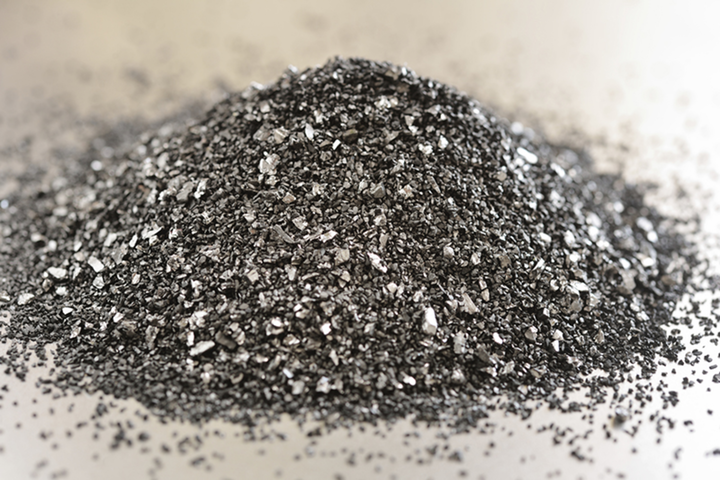
Water Filters: Realities You Might Not Know
Water Filters: Realities You Might Not Know
Water filters that are used in the house are generally used to remove different metals or chemicals. Examples of compounds that can be removed are chlorine or lead. Sometimes the water filters are used to get rid of damaging substances, and at other times they are used to improve the taste or odor of the water.
There are numerous kinds of filters that can be used in the house. These include microporous ceramic filters, carbon block resin, metallic alloy filters, granular triggered carbon filters, ultra-filtration membranes, distillation systems, and reverse osmosis flters.
Microporous ceramic filters use ceramic to pass the water through. The pores in the ceramic are so little that the unwanted substances are unable to pass through with the water. When this kind of filter gets congested, you just need to run water through it in the reverse instructions to unblock the pores.

How does Activate Granular Carbon Work
Granular triggered carbon filters work by passing the water through a type of carbon that strains the impurities. Carbon filters need to be changed regularly. They can not change the level of acidity of water.
Water distillers work by boiling the water and after that catching and condensing the steam back into water. The result needs to be absolutely pure water. This process does eliminate the great minerals from the water too.
Reverse osmosis filters use pressure to drive the reverse osmosis procedure, and the outcome is really pure water, similar to pure water. It was initially invented in order to create drinking water from salt water, but it works for getting other substances too. Like pure water, there will be no minerals left in the water.
There are numerous points in your house where you can set up a water filter. If you want to filter your entire house’s water simultaneously, you can install an entire house water filtration system. A smaller service would be to set up a water filter under your kitchen sink to filter just the water in the kitchen area.
Other water filters come constructed into refrigerators and filter the water that is utilized to develop ice along with the water that is dispensed in the refrigerator door.
You can get a water pitcher that will filter just a pitcher loaded with water at a time. You can even get water bottles with a built in filter. This is great for use at work, considering that you can simply include faucet water to the bottle and you will be consuming filtered water.
Heaps of Health Advantages
There are many health advantages to consuming filtered water. Water filters can get rid of damaging compounds such as lead, chlorine, germs, harmful metals, and other toxins. Filtered water typically tastes much better too, so you drink more of it, which is good for your general health. When prepared with filtered water, even prepared food can taste better.
House water filters are more affordable in the long run than continuously acquiring bottled water. Having actually filtered water constantly available is absolutely really convenient.
Often the water filters are utilized to get rid of damaging compounds, and at other times they are used to enhance the taste or odor of the water.
Water distillers work by boiling the water and then catching and condensing the steam back into water. Reverse osmosis filters use pressure to drive the reverse osmosis process, and the outcome is extremely pure water, simply like distilled water. If you want to filter your whole house’s water at as soon as, you can set up an entire home water filtering system. A smaller option would be to set up a water filter under your kitchen area sink to filter just the water in the kitchen area.

